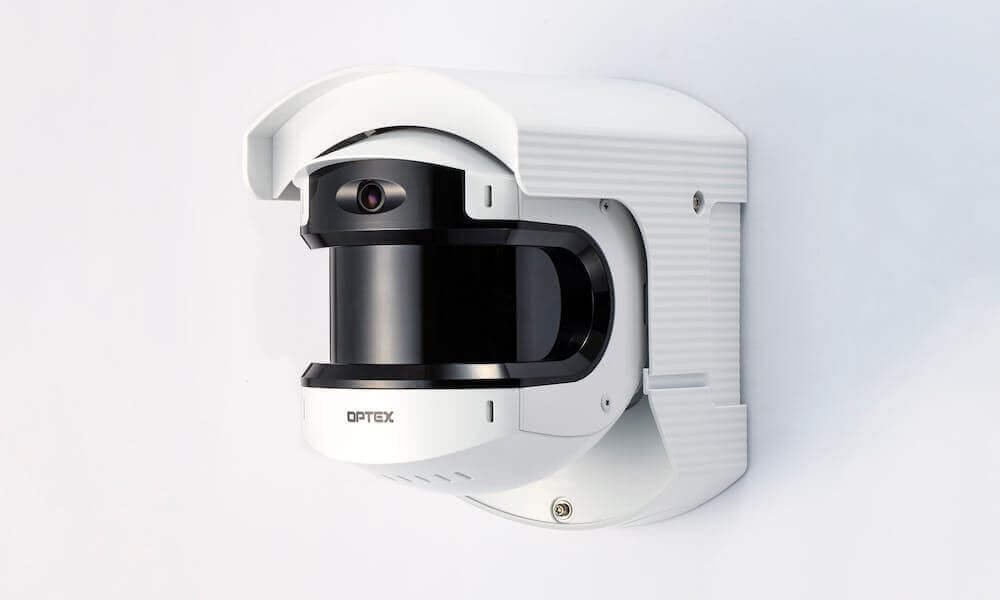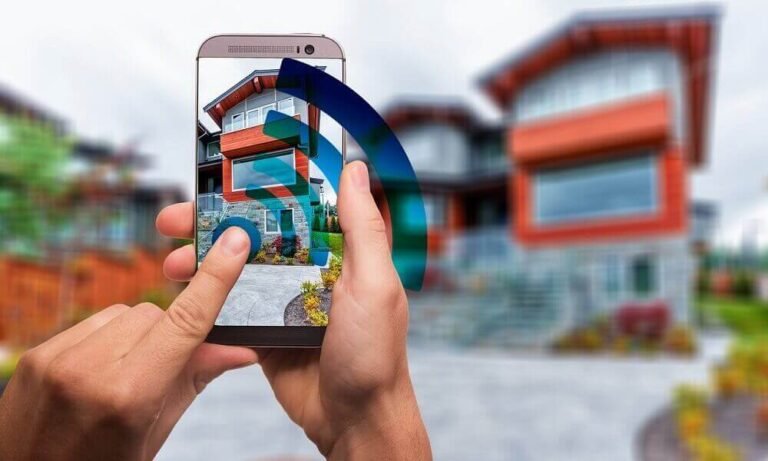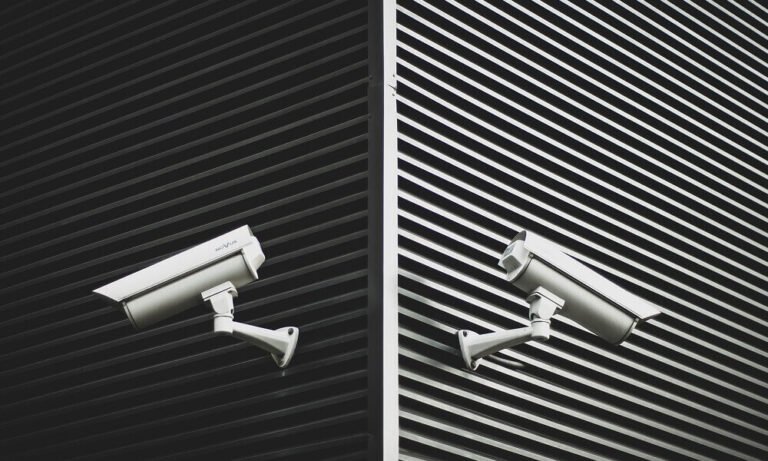Do you want to learn about home security cameras from choosing them to how to install them? If your answer is yes, then you’re in the right place.
Introduction
In today’s evolving landscape, safeguarding our homes goes beyond physical barriers. Enter the realm of home security cameras, revolutionizing the very essence of protection.
These vigilant sentinels stand at the forefront, not merely as surveillance tools but as guardians of our cherished spaces. With technological advancements, these devices have transcended mere monitoring to become pillars of peace, ensuring our sanctuaries remain impenetrable fortresses.
Understanding their significance, nuances, and the pivotal role they play in fortifying our homes against potential threats is paramount in embracing the safety they offer to our loved ones and cherished possessions.
Table of Contents
What Are Home Security Cameras?
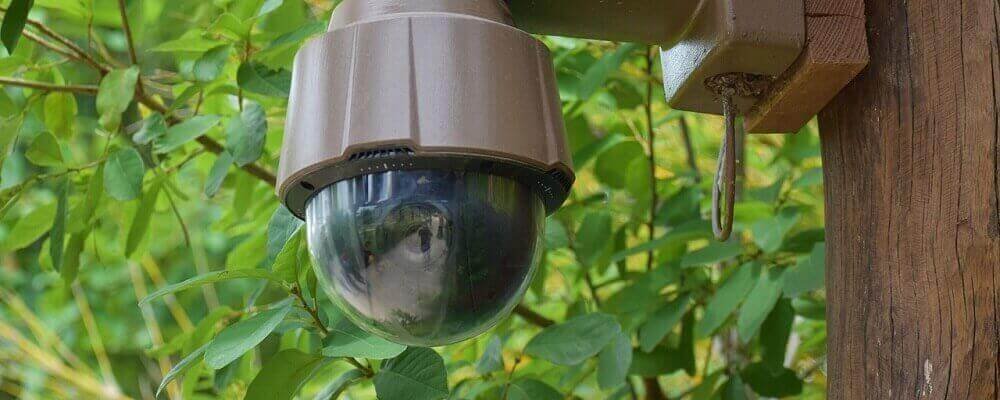
Home security cameras are surveillance devices designed to monitor specific areas within and around your home, providing live or recorded video footage for security purposes.
These devices have evolved significantly, catering to various needs and technological advancements.
Importance of Home Security Cameras
In an era where uncertainty looms, home security cameras emerge as more than just devices; they embody a sense of assurance and vigilance.
Their significance lies not merely in monitoring spaces but in erecting an impenetrable shield around our homes. These vigilant eyes serve as powerful deterrents, dissuading potential intruders and safeguarding our sanctuaries.
Beyond their surveillance prowess, they offer peace of mind, allowing us to remotely monitor our abodes, ensuring the safety of our loved ones and possessions.
Their role extends beyond visuals; they symbolize a proactive stance in fortifying our dwellings against unforeseen threats, embracing technology’s protective embrace for a safer haven.
Types of Home Security Cameras
Wired Home Security Cameras
Wired cameras are traditional, reliable options that require physical connections for power and data transmission. They offer stable connections but might involve complex installation.
Wireless Home Security Cameras
Wireless cameras, on the other hand, offer flexibility and ease of installation without the hassle of wires. They rely on Wi-Fi connections, providing remote accessibility and convenient setup.
Indoor vs. Outdoor Cameras
Indoor cameras focus on monitoring indoor spaces, while outdoor cameras are designed to withstand environmental elements, offering surveillance for the exterior of your property.
Smart Home Integration
The integration of security cameras with smart home systems enables seamless control and monitoring through devices like smartphones or voice assistants, enhancing convenience.
Factors to Consider
Here are some factors to consider when choosing a home security camera.
Resolution and Image Quality
High-resolution cameras ensure clarity in footage, aiding in identifying faces or objects. Image quality is a pivotal factor in effective surveillance.
Field of View and Range
The camera’s field of view determines the area it can cover, while range defines the distance within which it can capture clear images.
Night Vision Capability
Night vision-equipped cameras use infrared technology, allowing monitoring even in low-light or pitch-dark conditions.
Storage and Cloud Options
Choosing between local storage or cloud-based solutions impacts accessibility, reliability, and potential costs of maintaining recordings.
Choosing the Right Camera
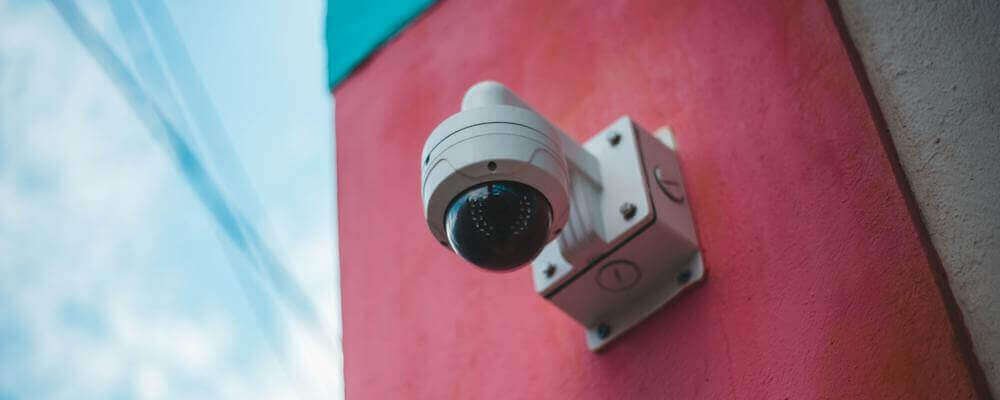
Matching specific needs, considering budget constraints, and understanding the property layout are crucial in selecting the most suitable home security camera.
Matching Camera Types to Specific Needs
Determining if you require indoor, outdoor, or a mix of both types based on areas needing surveillance is pivotal.
Budget Considerations
Balancing features with affordability is essential. Different cameras come with various price points, and understanding the trade-offs is crucial.
Installation and Setup
DIY Installation
Many cameras offer DIY setup options, enabling homeowners to install and configure the system without professional assistance.
Professional Installation
For complex setups or advanced systems, professional installation ensures optimal functionality and placement.
Camera Placement Tips
Strategic placement of home security cameras is pivotal in maximizing their effectiveness. Begin by identifying key areas requiring surveillance, including entry points like doors and windows.
Ensure these cameras cover expansive angles, minimizing blind spots while maintaining privacy boundaries.
For outdoor cameras, consider weatherproofing and sturdy mounting to withstand environmental elements. Optimal positioning, such as elevated angles or hidden placements, deters tampering or theft attempts.
Indoors, position cameras at vantage points, covering high-traffic areas without invading personal spaces.
Remember, the aim is comprehensive coverage without compromising privacy, ensuring a watchful eye on vulnerable zones while respecting the sanctity of your home.
Maintenance and Care
Cleaning and Weatherproofing
Regular maintenance, including cleaning lenses and ensuring weatherproofing, prolongs the camera’s lifespan and maintains image quality.
Software Updates and Security Patches
Keeping cameras updated with the latest software patches and security updates ensures protection against vulnerabilities.
Battery Replacement and Power Management
For wireless cameras, monitoring battery health and optimizing power consumption is critical for uninterrupted surveillance.
Home Security Camera Features
Motion Detection
Motion sensors trigger recordings upon detecting movement, offering alerts and minimizing unnecessary recordings.
Two-Way Audio
Some cameras offer two-way communication, enabling interaction with individuals in the camera’s vicinity.
Facial Recognition
Advanced cameras come with facial recognition, allowing identification of known faces or alerting for unrecognized ones.
Remote Access and Monitoring
The ability to access live feeds remotely through mobile devices provides real-time surveillance and peace of mind.
Privacy Concerns and Solutions
Data Encryption and Privacy Measures
Ensuring data encryption and employing secure connections safeguard footage from unauthorized access.
Protecting Against Hacking and Unauthorized Access
Implementing strong passwords and using secure networks are pivotal in preventing hacking attempts.
Legal Considerations
Understanding local laws regarding surveillance and privacy helps avoid legal implications of camera usage.
Integrating Cameras with Home Security
Alarm Systems Integration
Integrating cameras with home alarm systems creates a comprehensive security network.
Automation with Smart Devices
Syncing cameras with other smart home devices enhances automation and control.
Trends in Home Security
AI-Powered Security Features
Advancements in AI technology bring predictive analysis and smarter surveillance capabilities to home security systems.
Environmental Sensors
Incorporating sensors for smoke, carbon monoxide, or flooding alongside cameras adds an additional layer of protection.
Subscription-based Services
Some camera brands offer subscription-based services for added features or cloud storage options.
Conclusion
Investing in the realm of home security cameras transcends the mere act of surveillance; it encapsulates a profound commitment to fortifying our sanctuaries.
These vigilant guardians, with their technological prowess and steadfast watchfulness, stand as sentinels against potential threats.
By comprehending the intricate nuances, selecting the right type, and ensuring meticulous installation and upkeep, we not only secure our physical spaces but safeguard the peace of mind and safety of our loved ones.
Embrace the transformative power of these devices, for they symbolize not just protection, but a steadfast commitment to a secure and harmonious home environment.
Frequently Asked Questions
How many cameras do I need for home security?
The number depends on your property size and areas requiring surveillance. Generally, covering entry points and key areas like the front and back yards is advisable.
Can home security cameras work without Wi-Fi?
Certain models function without Wi-Fi, but connectivity is essential for remote monitoring and alerts.
Are wired cameras more reliable than wireless ones?
Wired cameras offer stable connections but involve complex installations, whereas wireless ones offer flexibility but rely on Wi-Fi signals.
How can I prevent camera tampering or theft?
Strategic placement, secure mounting, and selecting tamper-resistant cameras can deter tampering or theft attempts.
Do outdoor cameras need special installation?
Outdoor cameras require weatherproofing and more robust mounting to withstand environmental elements.
What should I do if my camera’s image quality declines?
Routine maintenance, like cleaning lenses or checking for obstructions, can often restore image quality. If not, consider professional inspection or replacement.
